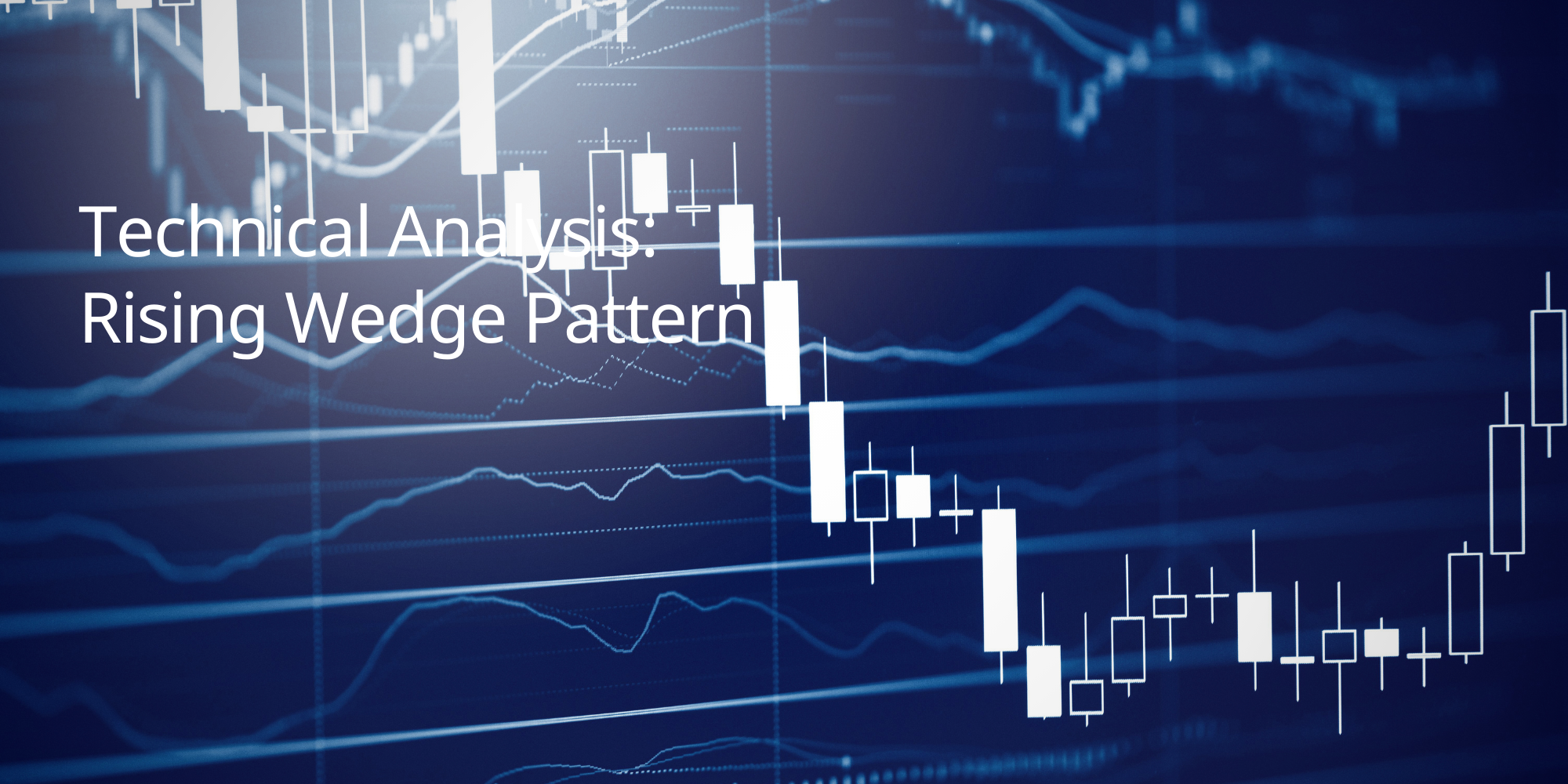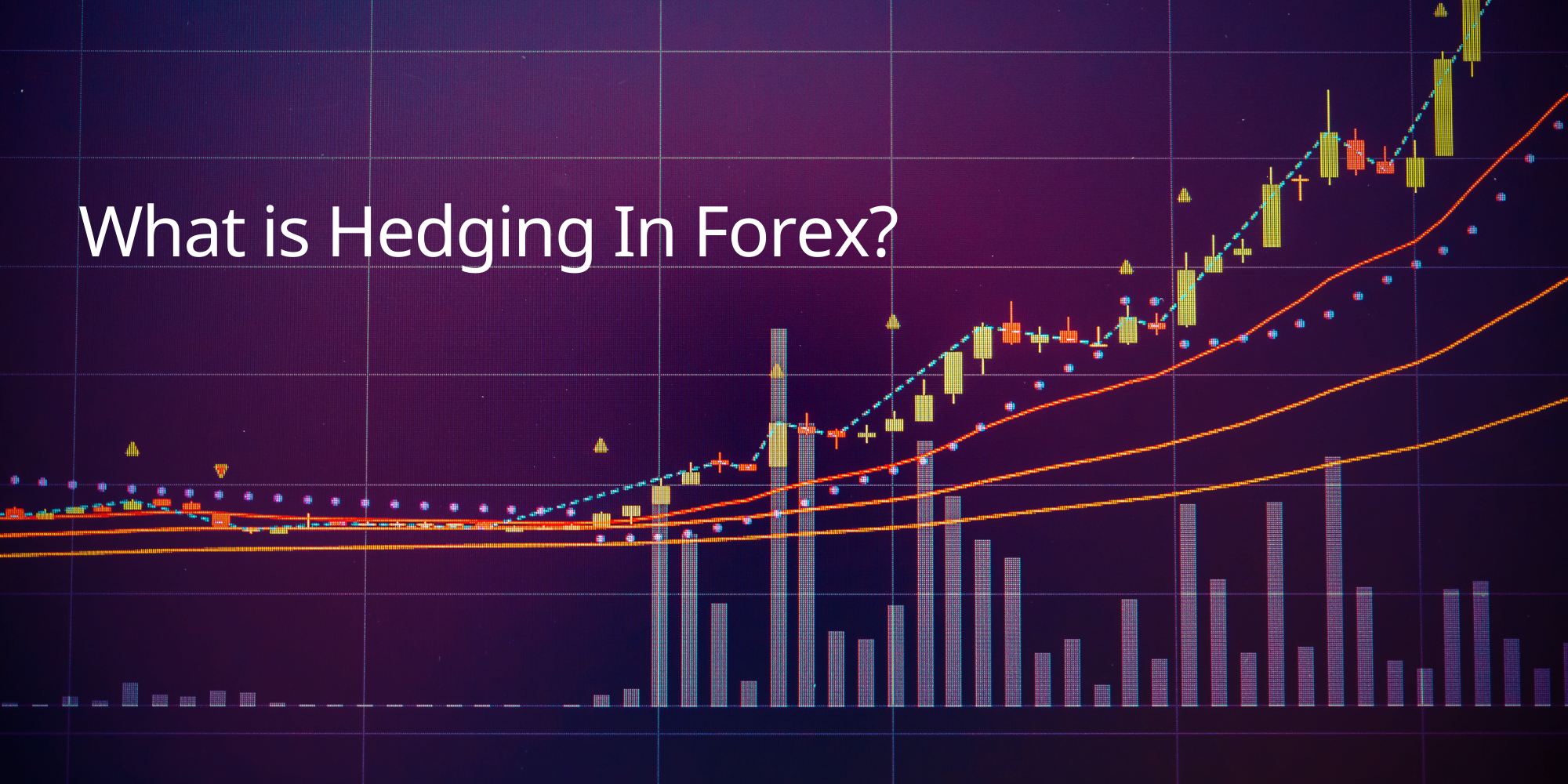Introduction
Looking to identify trends, track volatility shifts, and spot potential breakout opportunities? Bollinger Bands are a popular and versatile technical indicator that can help. Developed by John Bollinger, this tool uses a moving average and two standard deviation bands to visualise price extremes and market momentum.
In this comprehensive guide from TradeSmart, we’ll cover:
- What Bollinger Bands are and how they work
- How to calculate and interpret the indicator
- How to use Bollinger Bands in real trading scenarios
- Ways to combine Bollinger Bands with other indicators for greater accuracy
Whether you’re analysing trends, timing entries, or managing volatility, Bollinger Bands can play a key role in your trading strategy.
What are Bollinger Bands?
Bollinger Bands are a popular technical indicator that uses volatility to determine potential overbought and oversold conditions, as well as to identify potential price breakouts. They were developed by John Bollinger in the 1980s.
How Bollinger Bands Work in Technical Analysis
Bollinger Bands are calculated using a simple moving average (SMA) of the price and the standard deviation of the price.
Here’s the formula:
- Middle Band: 20-period SMA
- Upper Band: 20-period SMA + (20-period Standard Deviation x 2)
- Lower Band: 20-period SMA – (20-period Standard Deviation x 2)
Steps to Calculate Bollinger Bands:
- Calculate the Simple Moving Average (SMA): Calculate the SMA of the price using the desired period (typically 20). This will be the middle band.
- Calculate the Standard Deviation: Calculate the standard deviation of the price over the same period. The standard deviation measures how much the price fluctuates around the average.
- Calculate the Upper and Lower Bands:
- Upper Band: Multiply the standard deviation by 2 and add the result to the SMA.
- Lower Band: Multiply the standard deviation by 2 and subtract the result from the SMA.
Example:
Let’s say the 20-period SMA of a stock’s price is $50, and the 20-period standard deviation is $5.
- Upper Band: $50 + ($5 x 2) = $60
- Middle Band: $50
- Lower Band: $50 – ($5 x 2) = $40
Key Takeaways:
- Bollinger Bands are volatility-based bands that are placed around a moving average of an asset’s price.
- The width of the bands is determined by the standard deviation of the price, which measures volatility.
- By understanding the formula, traders can gain a deeper appreciation for how Bollinger Bands work and how to interpret their signals.
Advantages of Using Bollinger Bands
Bollinger Bands are a popular technical indicator due to their versatility and effectiveness in identifying trading opportunities and assessing market conditions. Here are some of their key advantages:
- Multiple Trading Signals: Bollinger Bands provide a variety of signals that can help traders identify potential entry and exit points, as well as overbought and oversold conditions. These signals include:
- Breakouts: When the price breaks out of the upper or lower band, it can signal a strong move in that direction.
- Overbought/Oversold: When the price touches or exceeds the upper band, it might be considered overbought. When the price touches or falls below the lower band, it might be considered oversold.
- “W” Bottoms and “M” Tops: These chart patterns, formed by the price bouncing between the bands, can signal potential trend reversals.
- Volatility Measurement: Bollinger Bands use standard deviation in their calculation, which provides a visual representation of volatility. Wider bands indicate higher volatility, while narrower bands indicate lower volatility. This information can help traders adjust their risk management and trading strategies accordingly.
- Trend Identification: The direction of the middle band and the position of the price relative to the bands can help confirm the trend. A rising middle band with the price consistently above it suggests an uptrend, while a falling middle band with the price consistently below it suggests a downtrend.
- Dynamic Support and Resistance: The bands themselves can act as dynamic support and resistance levels. The price often bounces off the lower band in an uptrend and pulls back to the upper band in a downtrend.
TradeSmart provides access to Bollinger Bands and a wide range of other technical indicators on its advanced trading platforms. Our educational resources and market insights can help you learn how to use these tools effectively and enhance your trading strategies.
Limitations of Bollinger Bands
While Bollinger Bands are a valuable tool for traders, it’s important to be aware of their limitations:
- Not a Standalone Indicator: Bollinger Bands should not be used as a standalone indicator for making trading decisions. They are most effective when used in conjunction with other technical indicators, price action analysis, and market context. Relying solely on Bollinger Bands can lead to misinterpretations of market conditions and potentially unprofitable trades.
- Lagging Indicator: Bollinger Bands are calculated using a moving average, which is a lagging indicator. This means that the bands react to past price data and might not be able to signal trend changes or reversals in real-time.
- False Signals in Sideways Markets: In sideways or choppy markets, where the price is not making clear higher highs or lower lows, Bollinger Bands can generate false signals as the price fluctuates within the bands.
- Sensitivity to Volatility: Bollinger Bands are based on standard deviation, which measures volatility. In highly volatile markets, the bands can widen significantly, potentially leading to false breakouts or misleading signals.
Mitigating the Limitations
To overcome these limitations, traders can:
- Combine with Other Indicators: Use Bollinger Bands in conjunction with other technical indicators, such as moving averages, trend lines, or momentum oscillators, to confirm signals and filter out false signals.
- Consider Market Context: Always interpret Bollinger Band signals in the context of the overall market environment. Consider factors such as news events, economic data releases, and the broader market trend when making trading decisions.
- Practice Risk Management: Use appropriate risk management techniques, such as stop-loss orders and position sizing, to limit potential losses.
TradeSmart encourages to use of Bollinger Bands as part of a comprehensive trading strategy. By understanding its limitations and combining it with other analytical tools, traders can make more informed decisions and improve their trading outcomes.
Choosing the Right Timeframe for Bollinger Bands
Bollinger Bands can be used on various timeframes, from short-term charts (e.g., 1-minute, 5-minute) to longer-term charts (e.g., daily, weekly). However, the effectiveness of the indicator can vary depending on the timeframe you choose.
Shorter Timeframes
On shorter timeframes, Bollinger Bands can be more sensitive to price fluctuations and generate more signals. This can be useful for day traders or scalpers who are looking for quick trading opportunities. However, it also means that the indicator might generate more false signals or whipsaws, especially in volatile market conditions.
Longer Timeframes
On longer timeframes, Bollinger Bands tend to be more reliable in identifying trends and potential reversals. This is because the indicator has more data to work with and is less affected by short-term noise. However, it also means that the signals might be less frequent, which could be a disadvantage for traders who are looking for more active trading opportunities.
Finding the Optimal Timeframe
The best timeframe for Bollinger Bands depends on your trading style and preferences.
- Day Traders and Scalpers: Might prefer shorter timeframes (e.g., 1-minute, 5-minute, 15-minute) to capture quick price movements.
- Swing Traders: May use 1-hour, 4-hour, or daily charts to capture short- to medium-term trends.
- Long-Term Investors: Could benefit from weekly or monthly charts to identify broader market trends and long-term opportunities.
Experiment with different timeframes and evaluate how Bollinger Bands behave in each. This will help you determine the most suitable timeframe for your unique trading strategy and goals.
Combining Bollinger Bands with Other Technical Indicators
Bollinger Bands can be a powerful tool on their own, but they are most effective when used in combination with other technical indicators. This can help confirm signals, reduce false positives, and provide a more comprehensive view of market conditions.
- Relative Strength Index (RSI): The RSI measures momentum and can help identify overbought or oversold conditions. When used with Bollinger Bands, traders can look for confirmation — for example, if the price hits the upper band and RSI is overbought, it may signal a reversal.
- Moving Average Convergence Divergence (MACD): MACD is useful for identifying trend direction and momentum. Combining MACD crossovers with Bollinger Band breakouts can provide strong entry and exit signals.
- Volume Indicators: Volume can help confirm the strength of Bollinger Band breakouts. A price breakout from the bands accompanied by high volume is more likely to be sustained than one with low volume.
By layering indicators, traders can build a more robust strategy and increase confidence in their analysis. However, be cautious not to overcomplicate the chart with too many indicators.
Real Trading Scenarios with Bollinger Bands
Understanding how Bollinger Bands behave in different market environments can enhance your trading strategy. Here are a few examples:
- Breakout Strategy: When price moves outside the Bollinger Bands with strong volume, it may signal the start of a trend. Traders can use this signal to enter in the direction of the breakout.
- Mean Reversion Strategy: When price touches or exceeds the upper or lower band, traders may anticipate a reversal back toward the middle band. This strategy is more effective in range-bound markets.
- Band Squeeze: When the bands contract tightly, it signals a period of low volatility and potential breakout. Traders can prepare for increased volatility and watch for breakout direction.
It’s important to backtest and practice these strategies to understand their strengths and limitations in various conditions.
Conclusion
Bollinger Bands are a versatile and valuable tool for technical analysis. Whether you’re looking to identify trends, measure volatility, or spot breakout opportunities, they can provide helpful visual cues and trading signals.
Key points to remember:
- Bollinger Bands consist of a middle SMA line and two outer bands based on standard deviation.
- They help detect overbought and oversold conditions, trend strength, and volatility.
- They work best when used alongside other indicators and market context.
Whether you’re a beginner or experienced trader, incorporating Bollinger Bands into your trading strategy can help you make more informed and disciplined decisions. Be sure to practice on a demo account, review historical chart data, and continue learning to improve your effectiveness with this tool.
TradeSmart offers access to Bollinger Bands and many other tools through our trading platform and educational resources. Start exploring today and elevate your trading skills!





